5 most famous Russian folk patterns
Categories: Art | Culture | Europe | Nations | News
By Angela https://mail.pictolic.com/article/5-most-famous-russian-folk-patterns.html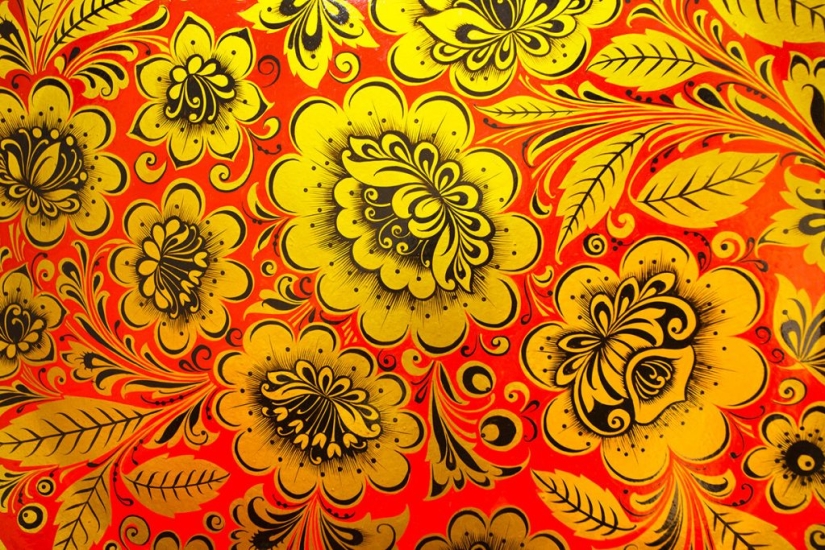
1. Khokhloma is the “calling card” of all Russian patterns, the most popular and recognizable. The type of product, like the pattern, traditionally bears the name of the place of its origin and production. In the case of Khokhloma, this is the village of Khokhloma in the Nizhny Novgorod region. There is a legend that needlework comes from the Old Believer icon painters of the 17th century.
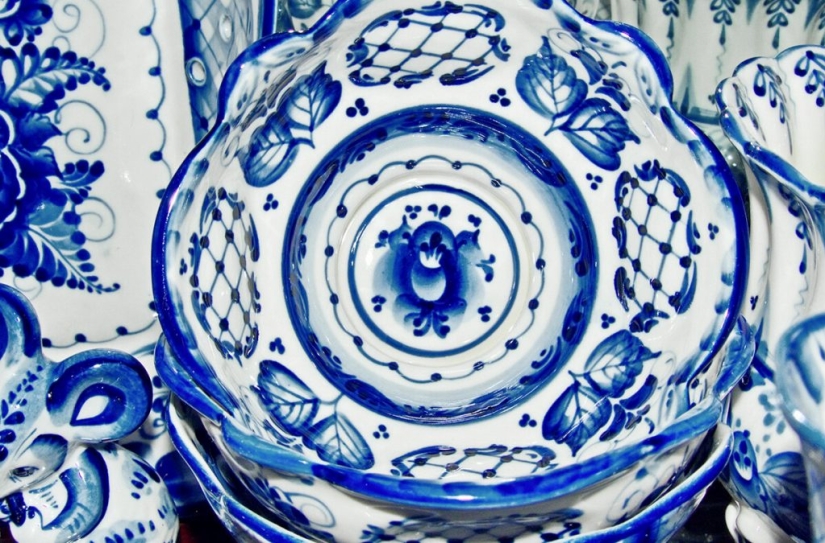
2. It is often said that Gzhel is very reminiscent of Delft faience and Chinese white-and-blue ceramics, but there is no direct evidence of such a “borrowing”. The type of ceramic craft comes from the village of Gzhel in the Moscow region and the surrounding villages, where special clay was mined from time immemorial.
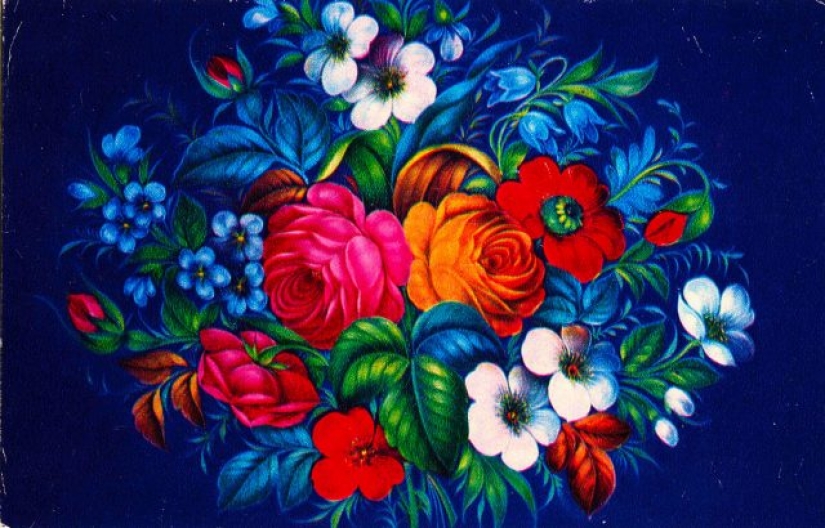
3. The painting of forged tin trays in the village of Zhostovo, Moscow Region, dates back to 1825 - the craft was “imported” from the Urals by the princes Demidovs (in Tagil there was already a successful production of painted trays). These trays were made by local Zhostovo artists, who had already painted miniatures on wooden items. The result of this synthesis of arts and crafts was Zhostovo trays, now one of the most popular "folk" brands.
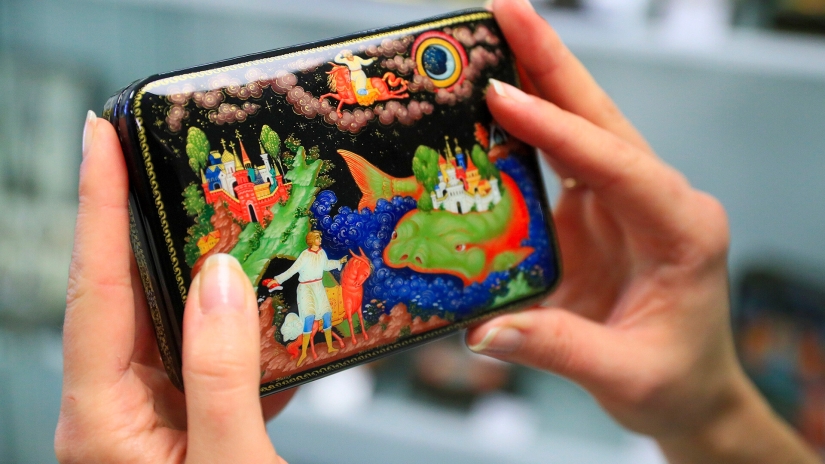
4. Palekh lacquer miniature is a relatively young folk craft. After the revolution of 1917, talented artists, former icon painters and masters of temple painting from the village of Palekh (Ivanovo region) took up the task. In the new anti-religious Soviet state, artists focused their craft on "old painting". They depicted scenes from folk tales and literary works using iconographic techniques, in particular tempera paints.
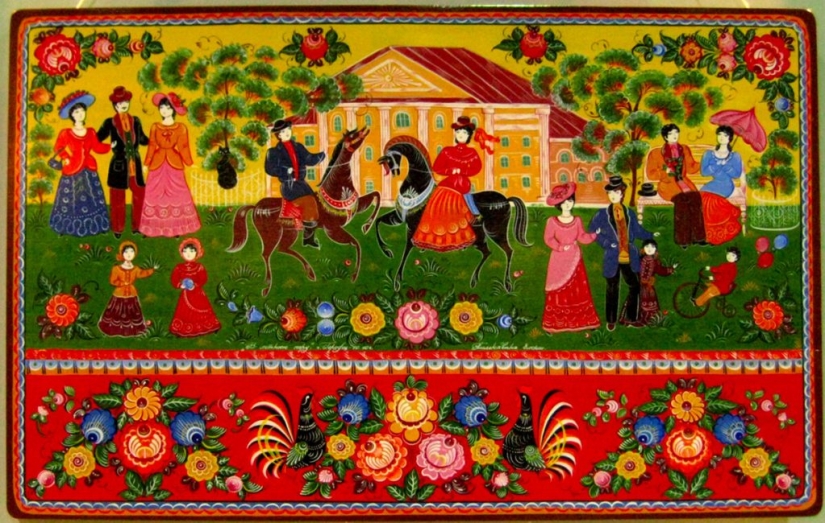
5. Originally from Gorodets, Nizhny Novgorod region, this pattern dates back to the 19th century. It was first used to decorate sewing devices (called "spinning wheels"). Later, it was also found on wooden furniture and other items - chests, caskets, sleighs, window shutters and even doors. Folk masters depicted genre scenes from the life of merchants and peasants.
Keywords: National | Decor | Art
Post News ArticleRecent articles

Anyone who has had the opportunity to compare rural and urban, disco, knows how these two events differ from each other. Especially ...

Mao Zedong's sparrow extermination campaign in the 1950s backfired tragically in China. This ambitious attempt to improve ...
Related articles

Stunning portraits of dancers from Lindsay Thomas of the Seattle delight at first sight. Talented American focuses on the art of ...

Ben Hein is a Belgian artist originally from Abidjan, this is the Cat-d’Ivorian. He calls himself a "multidisciplinary artist". ...

The original artist Nikolai Hapilov sees our ordinary reality in a somewhat unusual way. In general, this is a great trash, making ...

Long hair has always been considered a virtue and pride girls. But during the Victorian era ladies were so fond of growing ...